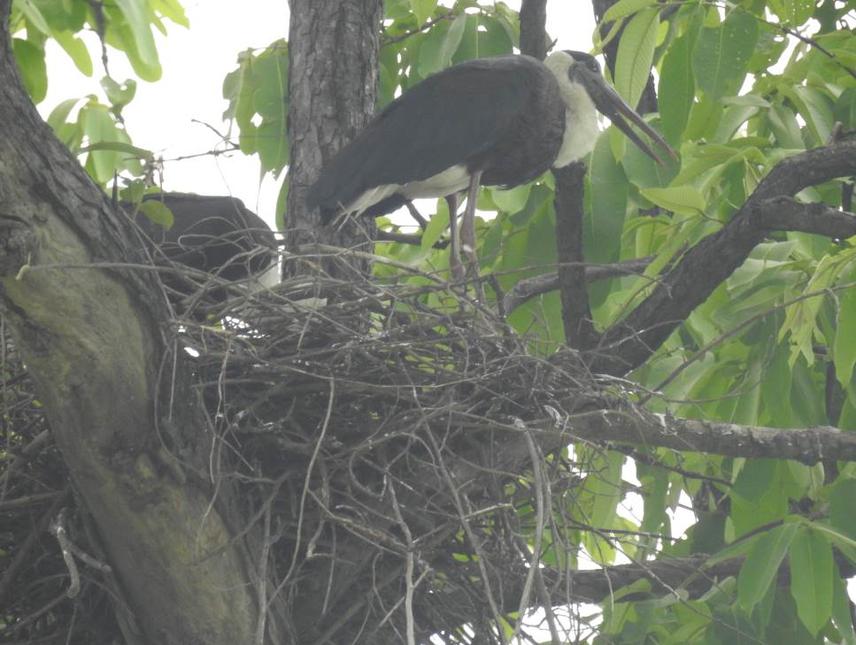Prashant Ghimire
Other projects
28 Mar 2018
Understanding Nesting Ecology and Conservation of Asian Woollyneck (Ciconia episcopus) in the Mid-Hills of Nepal
Understanding population status and distribution of Asian Woolly Neck (Ciconia episcopus) in western lowlands of Nepal is the main aim of the project. Also this project intends to mobilize local communities for incentive based long term Conservation practices.

The Asian Woolly Neck (Ciconia episcopus) is Vulnerable in the IUCN Red List. It is a large wetland dependent bird of the stork group which is distributed in South and South-East Asia. The study will be conducted in the Rupandehi and Kapilvastu districts situated in lowland of the Western region of Nepal. Each of the two districts are connected to India in the south and Churia Hills in the North. One Important Birds and Biodiversity Area (IBA), Jagadishpur Reservoir and Farmland in Lumbini is located in the project site.
Wetland degradation, reduction of nesting trees and anthropogenic activities such as use of pesticides in farmlands, and hunting are excessive in the area. Lower environmental literacy and poverty have barred local participation on conservation activities. A preparatory survey has shown that local people are in search of direct benefit from conservation. Hence, a project like this, which can elevate local economy and conservation mutually is necessary in this area.
Since the species is also found outside the protected areas and effective protection outside protected areas is lacking. Lack of information is pushing this species towards jeopardy. Little is known about its population status, distribution, ecology and local threats in Nepal. Hence, detailed study to understand current status has become an important task. This project is designed for the scientific study of the species to generate primary baseline along with long term conservation practices. This project aims to bring locals for organized efforts on Bird conservation. Hence, bridge will be built to connect scientific findings and local communities. Along with species, this project will work to ensure the safety of the degrading wetlands of western lowlands. This project intends to uplift local economy through incentive based conservation model that encourage long term conservational practices. It has taken a step to foster stewardship by giving communities a stake in Bird conservation.
This conjoint project will support Birdlife partners and Government of Nepal to fabricate immediate and long term conservation strategy for the longevity of this vulnerable Ciconiidae member.